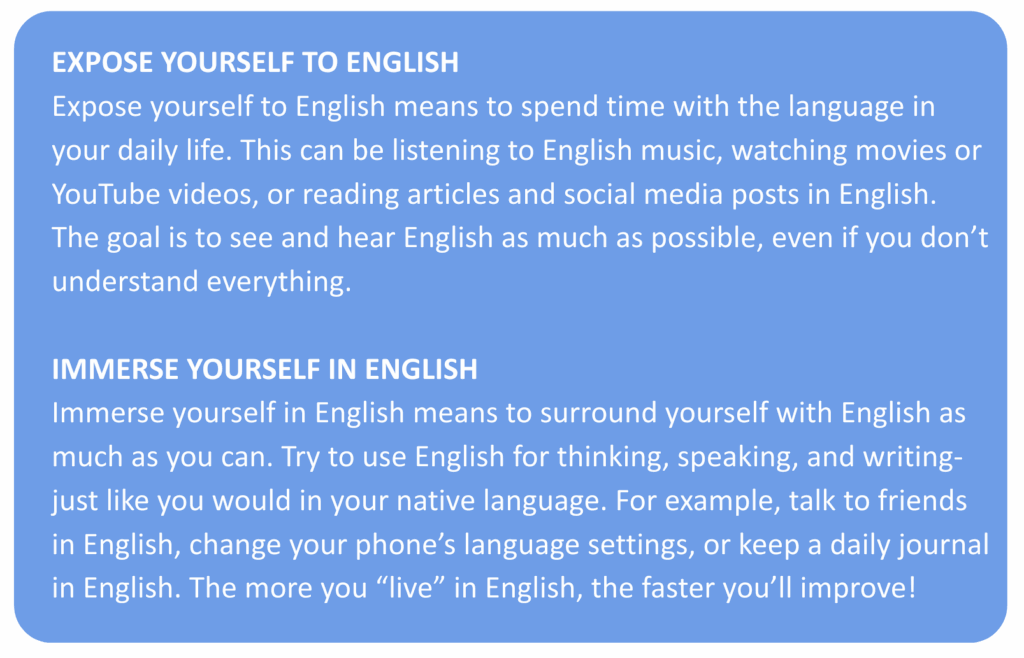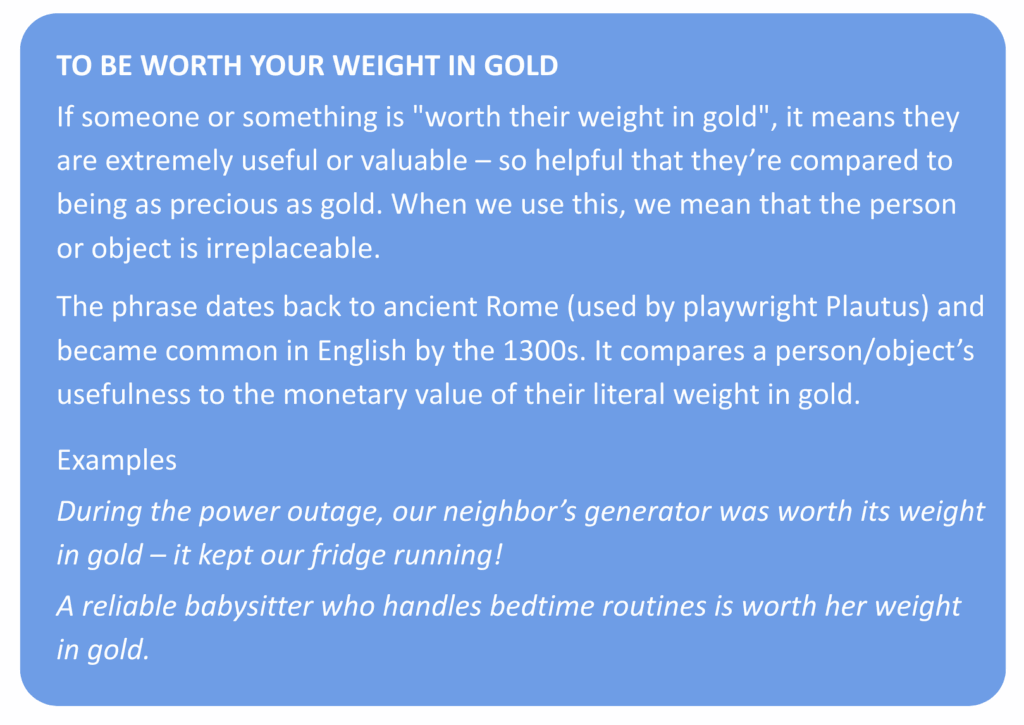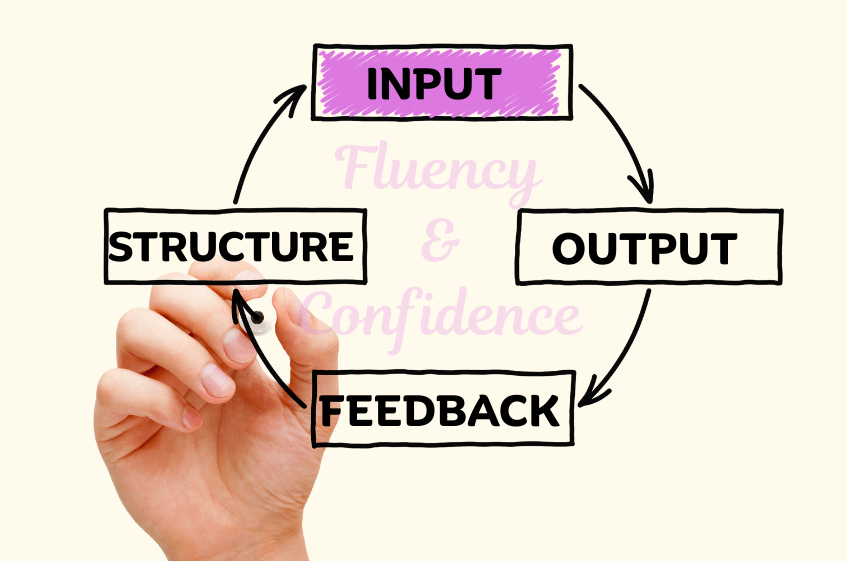Want to feel more confident speaking English, but don’t know where to start?
Most people think fluency begins with speaking. But actually, it starts with listening.
Just like a baby learns by hearing their parents speak every day, you need to hear and read English regularly before you can speak it easily. This kind of learning is called input, and it’s the most important first step. And it’s also a type of passive learning. How exactly can passive learning can help you improve, without stress? First, let’s see what it means.
What Is Passive Learning?
Passive learning means you are learning without actively studying.
You might be:
- Listening to a podcast while you drive;
- Watching a YouTube video with English subtitles; or
- Reading short posts or news articles during your coffee break.
You’re not writing grammar notes or memorizing vocabulary, but your brain is still working. It’s noticing the rhythm, sound, and structure of English. And slowly, it’s getting easier for you to understand.

Why It Works
Passive exposure helps you:
- Get used to authentic English: the speed, pronunciation, and tone;
- Learn vocabulary naturally: by seeing or hearing it in context, as it is used; and
- Feel more confident: because English starts to feel more familiar.
Many busy professionals think they don’t have time to improve. But even 10 minutes of English a day, while you’re doing something else, can make a difference.
How to Add English Input to Your Day
You don’t need to change your whole routine. Just adjust it a little bit.
Try this:
- Get up 10 minutes earlier and, when you brain is most receptive, read a short article that you find interesting;
- Listen to an English during your commute, while you are cooking dinner, etc., during “dead times” of the day;
- Watch a short videos on topics you enjoy (hobbies, interest) as a “break” during lunch;
- Change your phone or social media to English; or
- Read something easy and fun before bed (and/or find the article you will read in the morning when you wake up in the morning!).
It is ideal to choose “authentic content.” This are things that were not created specifically for language learners. An added bonus is to consume English that is both authentic and just above your level. (This is where a good coach, who can recommend authentic but appropriate English sources, is “worth their weight in gold”!)

But, most important of all: choose content you enjoy!
Business? Travel? Design? Sports?
Hobbies, interests or even things you are curious about are great topics.
Why?
Well, because if you like it, you are much more likely to stick with it on a daily basis.
Keep It Simple
Lastly, I want to emphasize that passive learning is just the beginning. It won’t replace speaking or writing practice, but it will prepare you for it. Your mind will absorb the language naturally, even if it seems like you aren’t “doing” anything, even if you are not actively learning.
And don’t worry about understanding everything you read or listen to! Don’t stop the video every 5 seconds to look up a word. Keep it simple: just listen, watch, or read, and let your brain do the rest.
What I do when I am learning a new language, for example, is to watch or listen to one video multiple times. I recommend this to all my clients: with subtitles in your language, with English subtitles, and with no subtitles. It’s even a good idea to do it once and repeat what the presenter is saying.
So, What’s Your Next Step?
This week, try to find or add just one new source of English to your daily routine.
Something small, simple, and regular.
Something you enjoy.
Fluency doesn’t start with pressure.
It starts with exposure.
Ready to try it for yourself?
Download the free 7-Day Input Challenge Guide & Tracker — and start building better English through simple, consistent habits.
It’s quick to use, easy to follow, and designed to fit into your real (busy!) life.
You can get it right HERE!
___________________________________________________________

